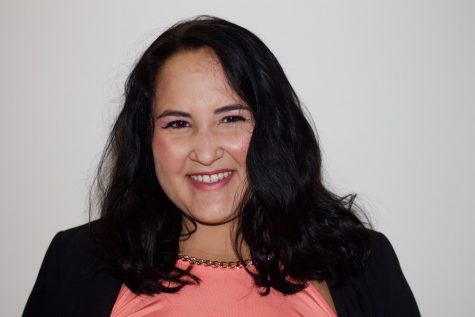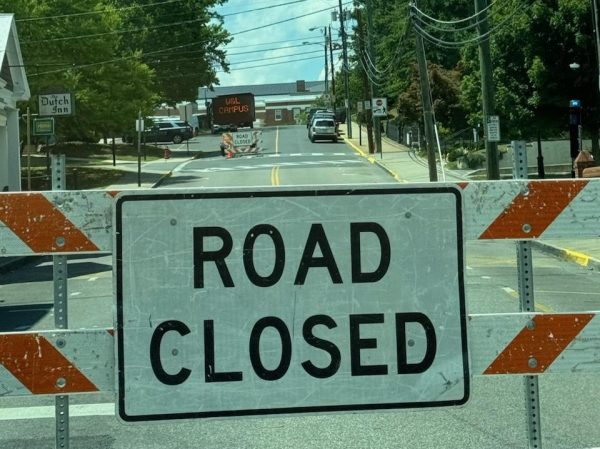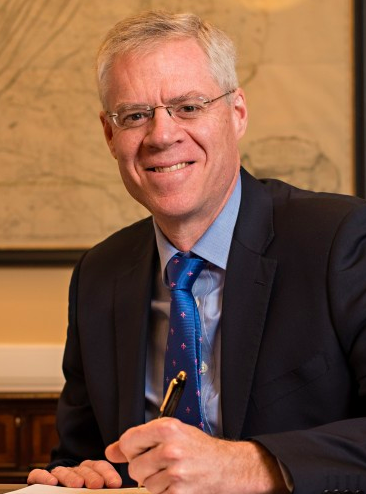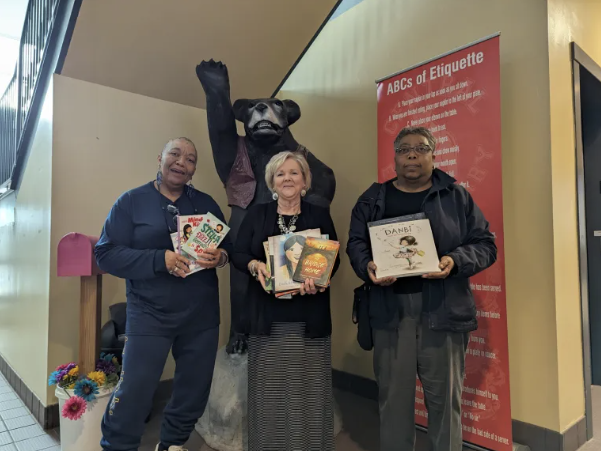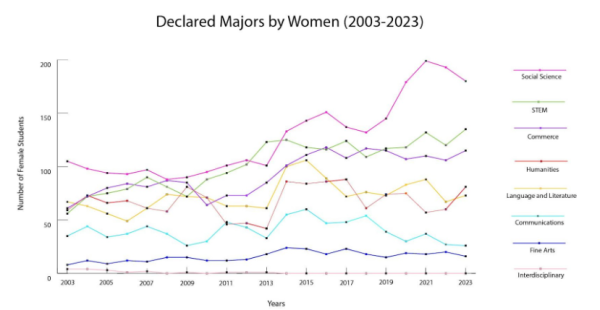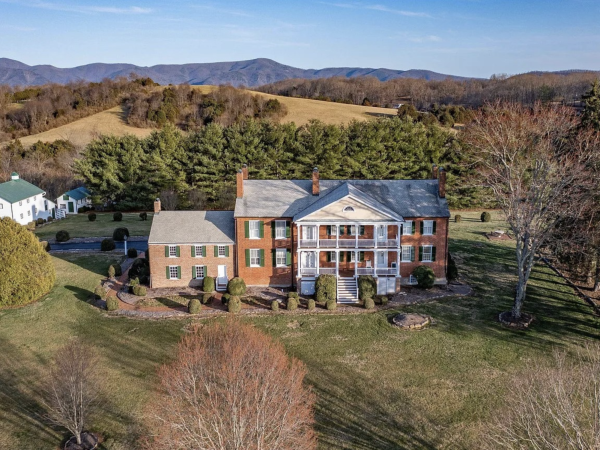W&L Student Arts League seeks more active presence on and off campus
Student group engages in various projects on campus to promote collaboration, foster creativity within community
November 14, 2016
The Washington and Lee Student Arts League, which has been dormant for the past few years, is back in action this school year under the leadership of Sara Dotterer, ’18.
The Arts League was originally conceived by art teachers and students who wanted to foster a creative space for students on campus. But the club suffered from lack of popularity and publicity, and involved senior leaders who graduated were not consistently replaced.
Dotterer, a studio art major, spent a summer in Italy and became inspired by the positive impacts she felt from her art-filled surroundings.
She decided to emulate that environment by attempting to bring student art to Upper-Division Housing, a movement she described as “bringing Lenfest to the rest of campus.” While that project is still in the works, it inspired the rebirth of the Arts League.
The group’s first project of the year was mural painting on the construction wall in front of Tucker Hall, to honor Lexington-born artist Cy Twombly.
“I loved painting the Twombly mural… I loved having students walk past and ask about the project. Whether they liked it or not, it sparked a reaction, which is exactly what an artist would want to see happen,” said President of Events Hayley Price, ’18.
Members also did Andy Warhol-style screen tests of about 50 students for a pop art exhibition at Staniar Gallery.
But the group hopes to go beyond promotion visual arts. Leaders said they want to support engagement in all forms of art, from dance, to theater, to music, to poetry – and beyond – regardless of whether or not students are studying art at W&L.
Ideas for forthcoming projects include an open mic night and a student band concert.
“We want it to be about anything remotely artistic,” said Dotterer. “If people are in communication with each other and supporting each other in what they’re doing, then it’s more powerful than each organization doing their own thing.”
The club also participates in community outreach by teaching art to local children twice a week to make up for the fact that so many schools have canceled their art programs.
The League’s faculty advisor Professor Elliott King, who teaches art history, said he hoped that his appointment as a non-studio art professor would send the message that this club is for more than visual art majors.
Upperclassmen leaders say that one of the club’s biggest challenges is reaching creative underclassmen.
But Emma Payne, ‘17, director of social media for the Arts League, is trying to improve communication among art departments and their students by informing professors of upcoming events so that that they can spread the word to their students.
“We want the student body to be more aware as a whole of things that are happening in the arts community,” said Payne. “People don’t even realize these things are happening; most people don’t even know we have an art gallery on campus.”
At the end of the day, the Arts League hopes to offer more opportunities for creativity as a part of student life.
“At W&L, exposure to the arts can only bode well for developing well-rounded graduates who I hope will continue to be active in and support the arts wherever life takes them,” King said.



